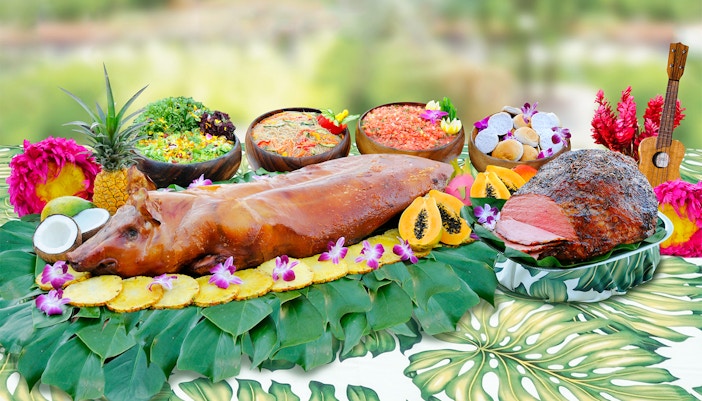Contents
Luau history | Understanding the makings of the Hawaiian festivities
Luau history | An overview
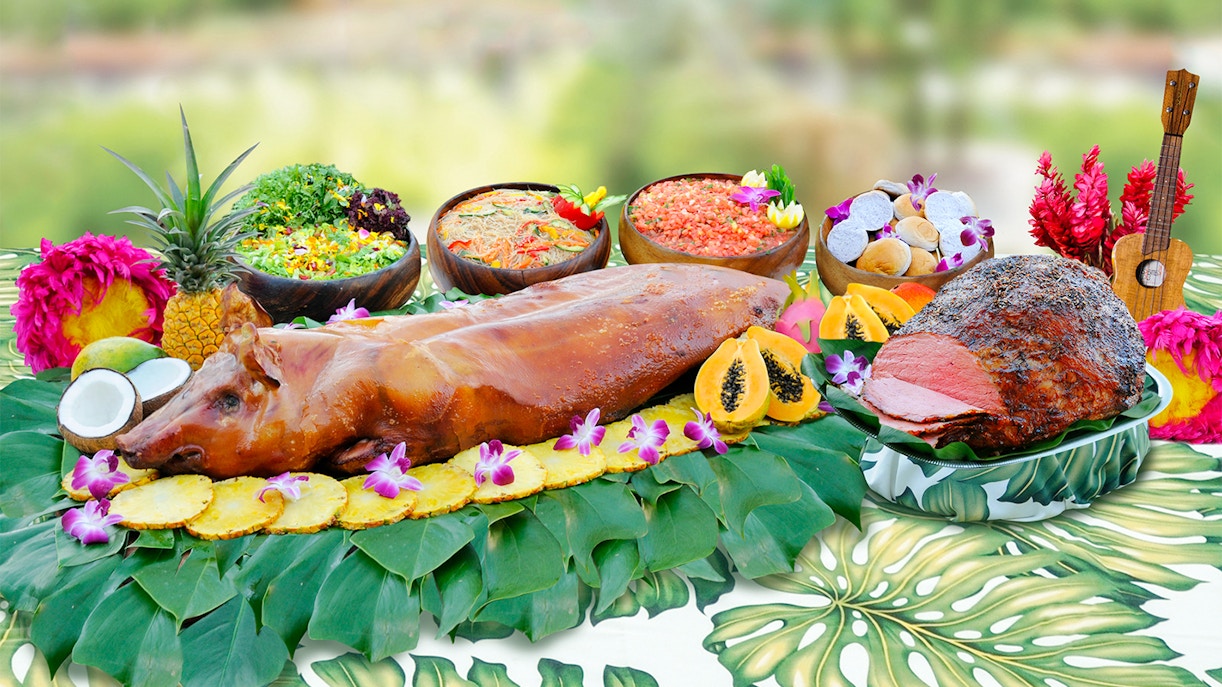
- Pre-1819: Ahaʻaina, or gathering for a meal, were formal celebratory feasts that marked milestone events, celebrated victories, and honored gods.
- 1819: King Kamehameha II dines with his mother during a landmark ahaʻaina, abolishing the kapu system, which required men and women to dine separately.
- 1819: The new social structure during the feast is created, where the taro-based dish “luau” is featured, becoming synonymous with the feast itself.
- 1880s: Ukulele music is introduced as a part of the luau festivities under King David Kalākaua’s rule.
- 1940s: Uluao "Freddie" Letuli, a Samoan-American performer, introduced fire-knife dancing and performances to luau festivities.
- 1950s: The rise of tourism made luaus a popular Hawaiian experience.
Luaus in the early 19th century
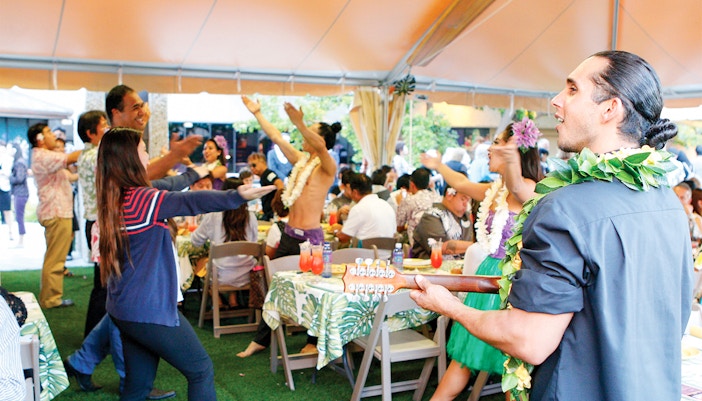
Ahaʻaina & its elements
- There were two major components to the ahaʻaina: aha, which was the gathering, and ʻaina, which was the meal.
- They were extravagant meals that were eaten on mats woven using leaves from the hala tree, a sacred plant in ancient Hawaii.
- Hula dancing, mele (singing), and oli (chanting) were a big part of the feast, providing context to the celebration, rather than entertainment.
- Ahaʻainas were formal, ritualistic, and ceremonial events, rather than the celebratory events that luaus are considered to be today.
- Ahaʻaina dishes included imu-cooked kalua pig, poi (taro paste), laulau (taro leaves and meat), and more.
- Men and women dined separately because of the kapu system in place.
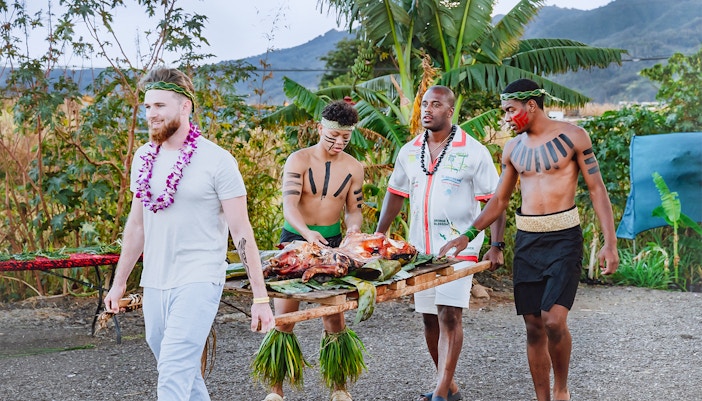
Ahaʻaina & the kapu system
- The kapu system was a set of sacred Hawaiian laws practiced in ancient Hawaii. These laws acted as guiding principles in maintaining social order, morality, and spiritual harmony among the people.
- The rules included taboos and laws surrounding food, resource allocation, gender norms, social hierarchy, and punishments.
- Some gender-based rules enforced by the kapu system included the separation of eating areas for men and women, and the prohibition of certain food items for women and commoners (foods that were said to have been linked to gods).
- Because of the kapu system, men and women were not allowed to dine together during ahaʻaina feasts, and women could not consume the kalua pig or any banana- or coconut-based dishes during the feast as well.
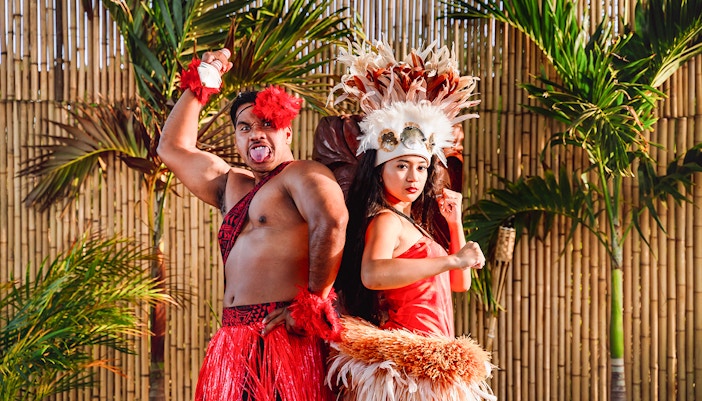
King Kamehameha II & the modern-day luau
- In 1819, King Kamehameha II ate with his mother, Queen Keōpūolani, and stepmother Queen Kaʻahumanu, during the ahaʻaina, thereby lifting the ancient practice of the kapu system.
- They dined together, and women had the chance to eat foods that were previously forbidden to them, creating the foundation of the modern-day luau.
- It created an enormous cultural shift in Hawaii, where people weren’t bound by rigid societal rules, and opened up the people to outside influence and growth.
Hawaiian luaus today
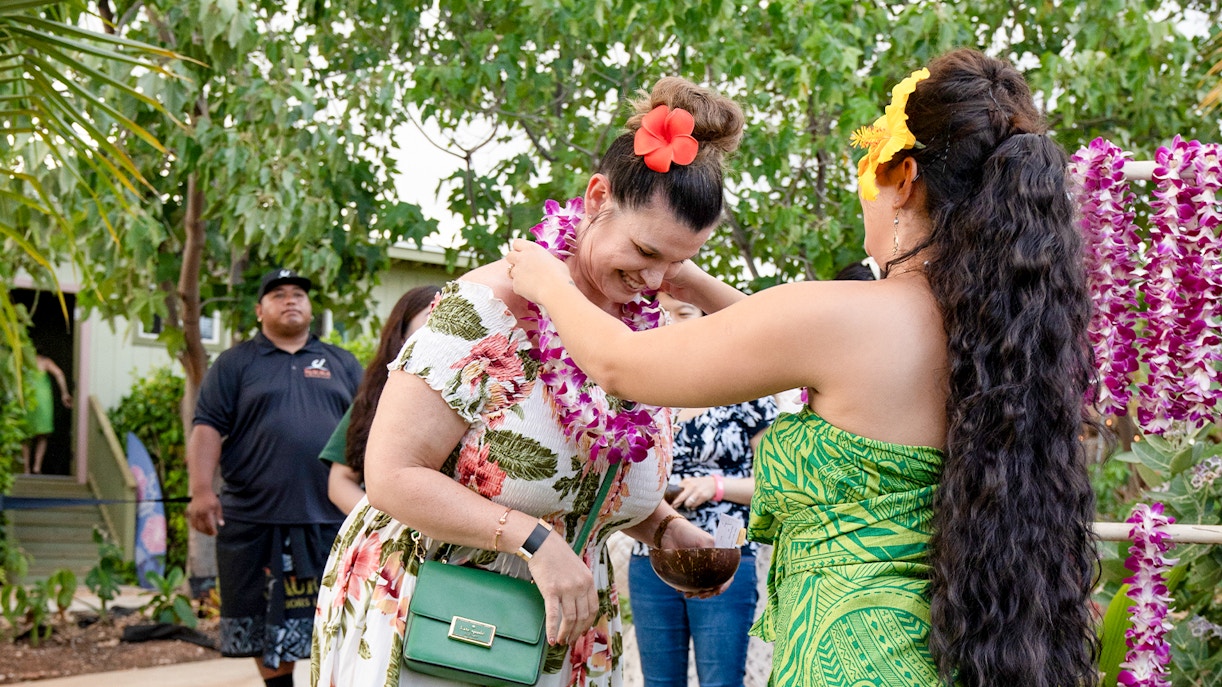
Since the rise of Hawaiian tourism in the 20th century, the Hawaiian luau has evolved to become a grand showcase of celebration and the Aloha spirit.
- Display of Hawaiian hospitality: The warm, infectious Hawaiian hospitality is seen right from the very beginning, as you check in to your luau and are welcomed upon arrival with a lei greeting.
- Prominent tourist attraction: An immersive, cultural experience, the luau has grown to become a popular tourist activity over the years, and it takes place across Hawaii nearly every day.
- Multi-cultural representation: Luaus around Hawaii today reflect traditional Hawaiian, Samoan, and overall Polynesian influences, along with modern adaptations brought by people who have moved to Hawaii from around the world.
- Laidback, festive approach: The luau is a celebration of life, harmony, and Hawaiian culture as a whole. It’s a way more relaxed and tropical atmosphere at the feast than the traditional luau used to be.
Book Hawaii luau tickets
Frequently asked questions about luau history
What does the word “luau” actually mean?
Originally, the word luau referred to the taro leaf, a key ingredient in traditional Hawaiian dishes such as chicken luau. Over time, the term came to represent the entire feast itself.
Were luaus only for royalty in the past?
While Hawaiian royalty often hosted lavish feasts with hundreds of guests, luaus eventually became a community tradition shared by all. They marked important life events such as births, marriages, and victories in battle.
How did luaus become popular with visitors to Hawaii?
In the 20th century, luaus were introduced to tourists as a way to experience Hawaiian hospitality, food, and dance. Today, they remain one of the most iconic cultural experiences for visitors.



